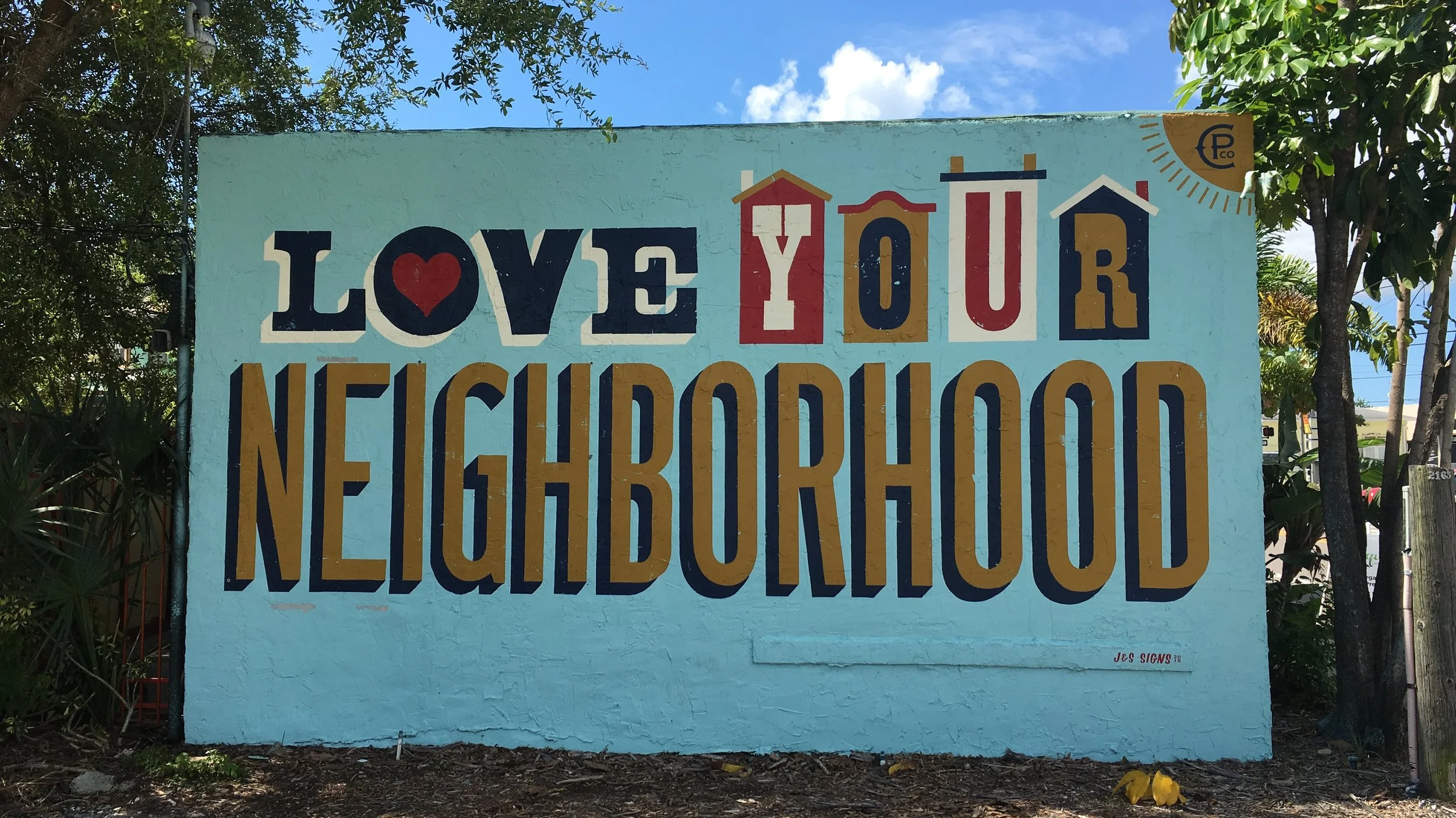Last month I presented to the American Planning Association via their national webinar series. I got to speak about lovable cities to several hundred planners from all over the United States. It was a real honor.
During the Q&A session that followed I was asked about the impact of crime on the relationship that we have with our city. I noted that crime, despite our best efforts, an inevitable part of the makeup of cities. I also noted that some places, like Detroit, wear their crime badge with a sense of pride and toughness. My friend Eric Cedo of Detroit says that real Detroiters get robbed and it is part of the deal.
But I have been thinking about crime and our relationship with our cities ever since.
In the book I noted:
Cites exist in a state of constant flux influenced by the accumulation of positive acts and deficit acts. When a homeowner fixes a broken step, or a pedestrian places trash in a recycling bin—positive act. When someone breaks a window or throws a cigarette butt onto the sidewalk—deficit act. When the tide of deficit acts grows, we see the larger manifestation of those tiny acts in the decline of streets and neighborhoods; the edges begin to fray, and the slow slide towards shabbiness and decay begins. Unchecked, negative acts accumulate and add up to blighted areas that may never bounce back. When positive acts accumulate, the opposite occurs: areas thrive and blossom like well-tended gardens and nurtured children.
And there is clearly a difference in the degree and nature of some acts:
All joys and all negatives are not created equal. Clearly there are degrees of acts (being mugged, for instance, is a far more negative experience than seeing rubbish on the sidewalk), but generally the old adage of one joy dispelling a thousand worries has merit in experiences with cities.
Upon reflection I don’t want people to think that I am understating the impact of certain crimes on our relationship with our cities. Crime is a violation – of our person, of our property. And when it occurs our community gets some of the blame for it. Crime is a failure of our civilization and thus our cities. So when someone is mugged, the result may be more than a lost wallet – it becomes a loss of trust between citizen and city. In relationship terms it is that breach of trust that comes when someone we trust hurts us.
The solution is not just more police and surveillance cameras. The solution is in perpetually filling the “love bank” with deposits big and small. By filling that account we can weather the rainy day that is a crime and still have enough love for our city so that we don’t up and leave.







